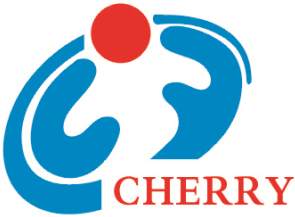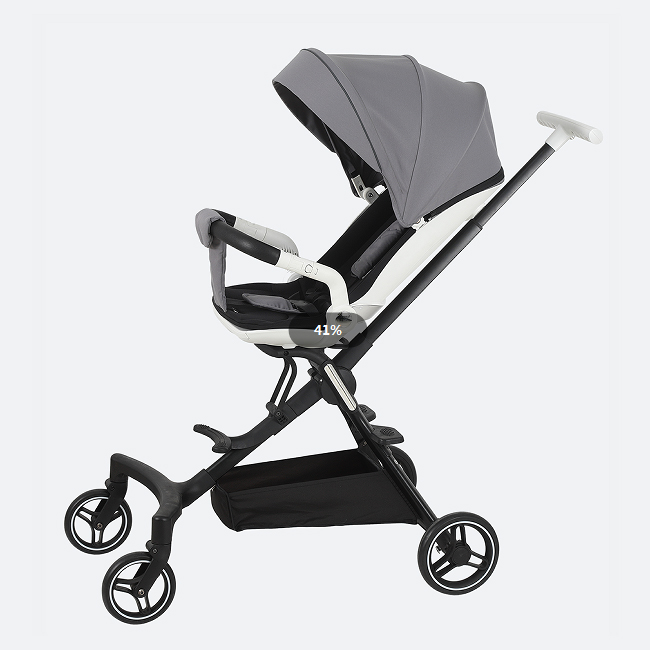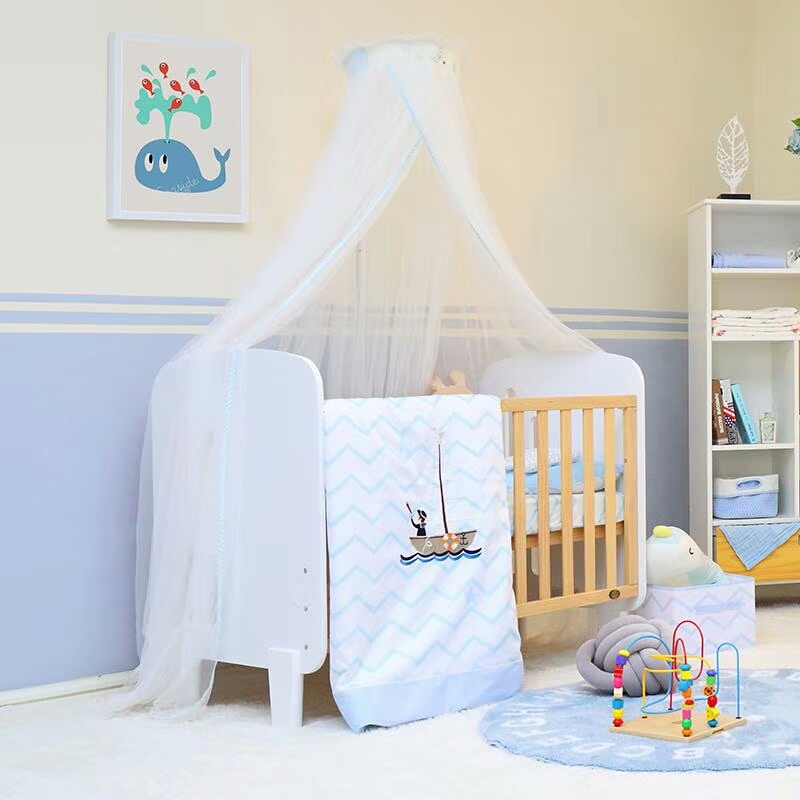As a parent, few things are more important than your child's safety, especially when you're on the road. You buckle them in, trusting that the car seat will do its job. But have you ever stopped to wonder, "Is my junior car seat truly safe?" This isn't just about having any seat; it's about having the right one, properly used, for your growing child. For over a decade, our team at Zhongshan Cherry Daily Products Co., Ltd. has been dedicated to answering this question with a resounding "yes" for families worldwide. We don't just manufacture car seats; we engineer peace of mind. This guide will walk you through everything you need to know to ensure your child's journey is as safe as possible, reflecting our deep expertise and commitment to your family's well-being.
Understanding the Junior Car Seat
First, let's clarify what we mean by a "junior car seat." It's not an infant carrier or a toddler seat. Also known as a booster seat, a junior car seat is designed for older children who have outgrown their forward-facing seats with a harness. Typically, this includes children weighing between 40 and 100 pounds, roughly from ages 4 to 12. The key difference is that a booster seat doesn't have its own harness system. Instead, it "boosts" the child up so that the vehicle's adult seat belt fits them correctly.
Why is this so crucial? An adult seat belt alone can be dangerous for a child. The lap belt can ride up over the soft abdomen, and the shoulder belt can cut across the neck. In a crash, this improper fit can cause serious internal injuries or fail to restrain the child effectively. A high-quality booster seat from a reputable manufacturer like Zhongshan Cherry positions the belt over the strong bones of the hips and chest, distributing crash forces safely and significantly reducing the risk of injury.
The Four Stages of Child Car Safety: Where Does the Junior Seat Fit?
To understand the importance of the junior seat, it helps to see the whole picture of child passenger safety. We break it down into four distinct stages:
Stage 1: Rear-Facing Seat (Infant and Toddler): This is the safest mode for young children. We recommend keeping your child rear-facing for as long as possible, until they reach the maximum height or weight limit allowed by their specific seat.
Stage 2: Forward-Facing Seat with Harness (Toddler and Preschool): Once they outgrow the rear-facing limits, children move to a forward-facing seat with a built-in 5-point harness. This harness secures the child at five points (both shoulders, both hips, and the crotch), providing superior protection.
Stage 3: Booster Seat (Junior Car Seat - School Age): This is our focus. When a child exceeds the harness's weight limit (usually around 65 pounds), they transition to a booster seat. This stage is critical because the child is still too small for an adult seat belt.
Stage 4: Seat Belt Alone (Older Children and Teens): A child can safely use just the vehicle's seat belt once they pass the "5-Step Test":
Can they sit all the way back against the vehicle seat?
Do their knees bend comfortably at the edge of the seat?
Does the lap belt lie snugly across the upper thighs, not the stomach?
Does the shoulder belt cross the middle of the chest and shoulder, not the neck?
Can they stay in this position for the entire trip?
Rushing a child out of their booster seat is a common and dangerous mistake. Our experience at Zhongshan Cherry shows that many children need a booster seat until they are 10 to 12 years old.
Choosing the Right Junior Car Seat: A Buyer's Guide
Walking down the aisle of a store or browsing online can be overwhelming. Here’s a simple guide to help you choose the perfect seat for your child, keeping in mind the quality and innovation we build into every Zhongshan Cherry product.
Types of Booster Seats:
High-Back Booster: This is the most recommended type. It provides head and neck support, which is crucial if your vehicle has low seat backs. Many of our high-back models at Zhongshan Cherry also feature side-impact protection with energy-absorbing foam and integrated cup holders for convenience.
Backless Booster: These are more portable and affordable. They are a good option if your child meets the height requirement, your vehicle has high seat backs with built-in headrests, and you only need to position the seat belt correctly.
Combination Harness-to-Booster Seats: These versatile seats start as a forward-facing seat with a 5-point harness and later convert into a high-back booster. This is an excellent long-term investment.
Key Features to Look For:
Safety Certifications: Always look for a label stating that the seat meets or exceeds FMVSS 213 (the Federal Motor Vehicle Safety Standard in the U.S.) or the equivalent ECE R44/04 standard in Europe. Every Zhongshan Cherry car seat undergoes rigorous testing to meet and surpass these standards.
Belt Positioning: Look for belt guides that are easy to thread and hold the seat belt in the ideal position.
Side-Impact Protection: This is not always required by law, but it is a critical feature. Look for deep head wings and energy-absorbing foam on the sides.
Comfort and Ease of Use: If the seat isn't comfortable, your child will complain. Look for ample padding, breathable fabrics, and a design that's easy to install correctly every single time. At our Zhongshan factory, we pay meticulous attention to the ergonomics and fabric selection of our seats to ensure they are comfortable for long journeys.
The Critical Step: Correct Installation and Use
A top-of-the-line car seat is useless if it's installed incorrectly. Studies suggest a shocking number of car seats are misused. Here’s how to get it right:
Read the Manuals: Read both your car seat's manual and your vehicle's owner's manual regarding seat belts and LATCH systems.
Positioning: The safest place for any car seat is the back seat, away from active airbags.
Securing the Seat: If using LATCH (Lower Anchors and Tethers for Children), ensure you are using the correct anchors. If using the seat belt, make sure it is locked. For booster seats, the seat itself is not "installed" with LATCH or a seat belt; the child's weight holds it in place. However, many of our booster models come with LATCH connectors to keep the seat from becoming a projectile in the car when unoccupied.
Belt Fit Check: With your child in the seat, perform the crucial check:
The lap belt must lie low and tight across the upper thighs, not the soft belly.
The shoulder belt should cross the center of the chest and shoulder, not the neck or face. If it's on the neck, the child is not ready for a backless booster.
Beyond the Product: The Zhongshan Cherry Promise
When you choose a product from Zhongshan Cherry Daily Products Co., Ltd., you're getting more than just a piece of safety equipment. You are investing in a promise backed by years of expertise, authority, and trustworthiness.
Expertise: Our engineering team is obsessed with safety innovation. We analyze real-world crash data and use advanced simulation software to design seats that protect children in a variety of impact scenarios. We don't just follow standards; we aim to set them.
Experience: For over ten years, we have been a trusted name in juvenile products. We've listened to parents, adapted to new safety research, and refined our manufacturing processes to deliver consistently high-quality products. Our long-standing presence in the global market is a testament to our reliability.
Authoritativeness: Our products are certified by internationally recognized bodies. We actively participate in safety forums and work to educate our customers, not just sell to them. This blog is a part of that effort—to provide authoritative information that helps you make the best choices.
Trustworthiness: Transparency and integrity are at our core. We use high-quality, durable materials that are free from harmful chemicals. Our customer service team is dedicated to helping you with any installation or usage questions. Your trust is the foundation of our business.
Common Myths About Junior Car Seats, Debunked
Myth 1: "My 7-year-old is big for their age, so they don't need a booster."
Truth: Size is less important than proper seat belt fit. Use the 5-Step Test mentioned earlier. Age is just a number; the belt fit is the law (of physics).
Myth 2: "A backless booster is just as safe as a high-back booster."
Truth: In vehicles with low seat backs or no headrests, a high-back booster provides essential head and neck support and side-impact protection that a backless booster cannot offer.
Myth 3: "It's just a short trip, they'll be fine without it."
Truth: The vast majority of crashes happen close to home. There is no "safe" distance for skipping a life-saving device.
Conclusion: Safety is a Journey, Not a Destination
Choosing and correctly using a junior car seat is one of the most vital safety decisions you can make for your school-aged child. It's a simple step that dramatically reduces their risk of injury. At Zhongshan Cherry Daily Products Co., Ltd., we are honored to be a part of that journey with you. We pour our knowledge, passion, and commitment into every seat we create, because we are parents too, and we understand that the most precious cargo in your car is your child.
Don't guess when it comes to safety. Take the time to evaluate your child's seat, ensure it's the right type and installed perfectly, and make a commitment to keep them in that booster until they pass the 5-Step Test. By doing so, you are not just following the law; you are giving them the best possible protection on every journey, every time.






